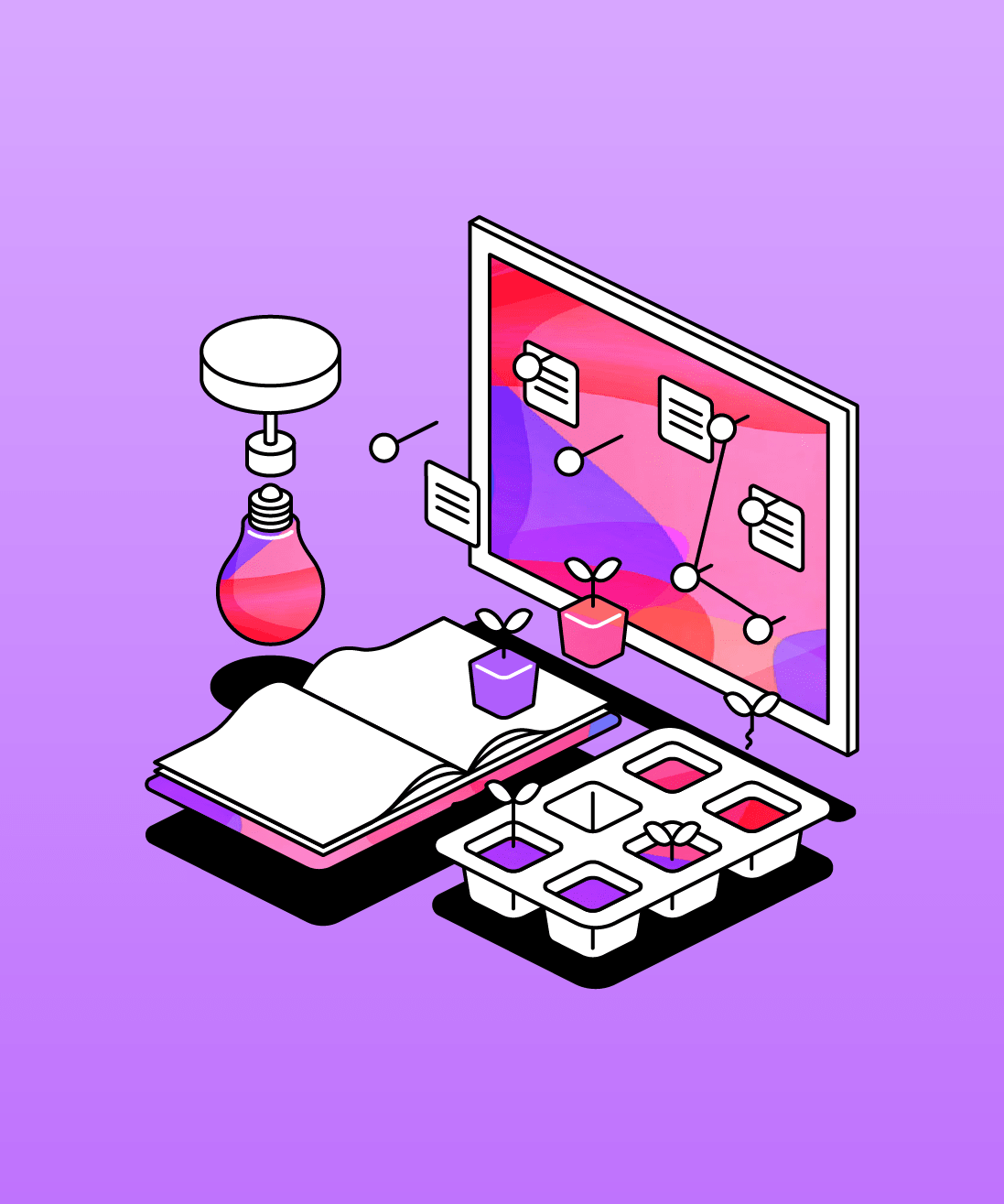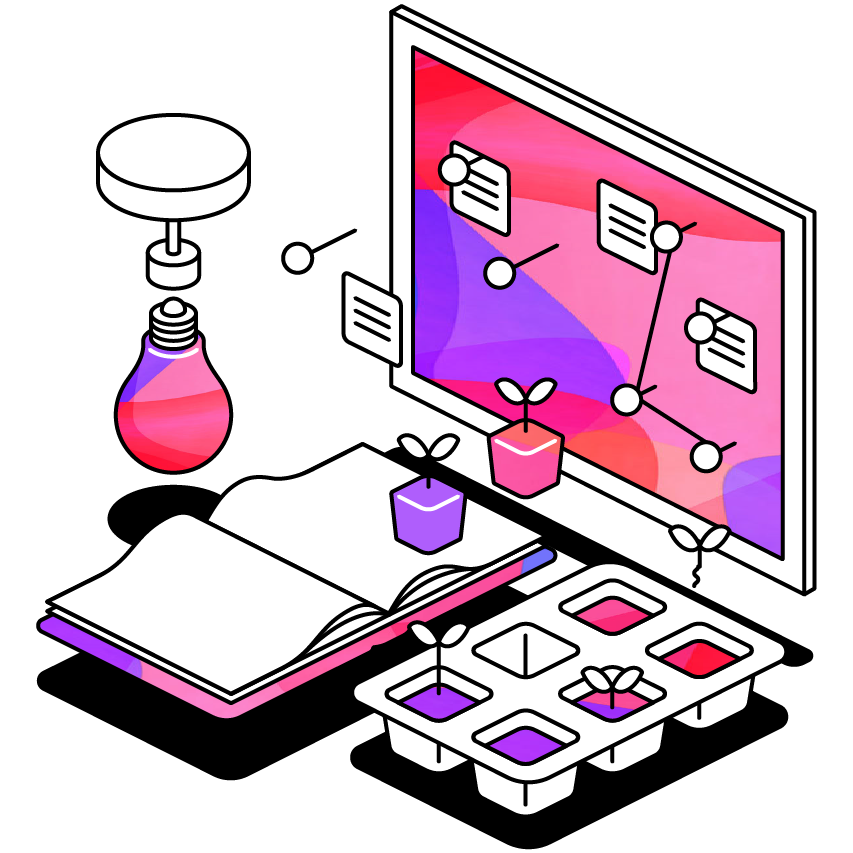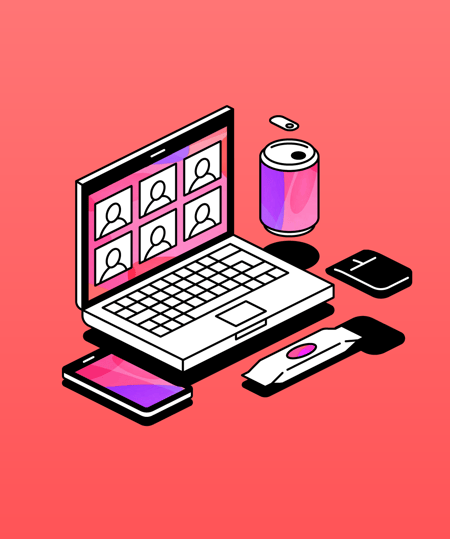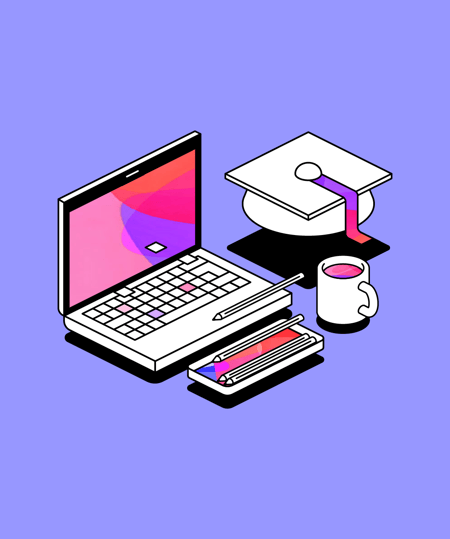Smarter studies: how to use Glean to support peer discussion and group work
Collaborative learning combines two key goals; working collectively and valuing the insights of others. In this article, we explore how Glean can be used in conjunction with this approach to teaching.
 3 min read
3 min read
 Published: 18 Mar 2024
Published: 18 Mar 2024
 Sarah Hardy
Sarah Hardy


Why is group work so important for learning?
The American Association of Colleges and Universities lists collaboration projects as a high impact learning strategy, stating:
“Collaborative learning combines two key goals: learning to work and solve problems in the company of others and sharpening one’s own understanding by listening seriously to the insights of others, especially those with different backgrounds and life experiences.”
The value of collaborative learning seems quite clear, though it would appear that there’s still work to be done. According to a recent report, only 42% of learners are satisfied with how their Higher Education Institution supports peer work (Brightspot, 2023).
Despite the fact that peer connections are highly valued by learners, another report shows that only 52% of community college learners feel connected to peers (Qualtrics, 2022).
So how can institutions improve peer connections with group work? Is it really that crucial to the learning experience?
Let’s dive a little deeper.
Why is group work a useful strategy for educators?
To elaborate on the statistics above, enabling students to easily develop a collaborative working approach is important for many reasons such as:
- Learners feel more supported and connected to peers in an increasingly hybrid/online learning environment.
- Learners develop collaboration, communication and critical thinking skills.
- Learners value peer work as highly important and as having a high impact on studies, so it boosts their motivation.
- Learners require Higher Education Institutions to offer more ‘real life’ or ‘workplace’ activities and peer work is a good example of this.
What are the challenges of using this strategy?
Whilst group work is highly valuable to the learning process, it can involve a number of hurdles for both learners and educators, such as:
- Learners may not have equitable learning experiences in group work.
- Some learners may feel lost and overwhelmed.
- Learners forget to take notes during the group activity.
- Educators may not be able to clearly assess learner engagement in projects
There will be times when some students feel that they have done all of the work, and others feel like they’ve been thrown in at the deep end. So how can an educator accurately keep track of who is doing what, and who might need a little more support?
Overall the challenges of group work are largely linked to equity and fairness, both in terms of accessibility and assessment.
How can Glean help?
Luckily, this one’s simple!
Learners can easily take Glean Mobile to group work or small group sessions to capture collaborative discussions and create accurate, accessible minutes.
They can focus on engaging fully in the conversation, without having to split their attention on note taking or worry that they’ll forget important information.
For educators, Glean can help you to effectively assess student contributions during the group work sessions, both to identify performance levels and to offer more support to those that need it.
How learners can use Glean to study more effectively with this approach
Here’s a step-by-step breakdown of exactly how learners can use Glean to make peer discussions and group work a breeze:
- Step 1: Create an agenda for your group work. Open up Glean and upload your agenda via insert image or insert slides.
- Step 2: In your group work discussions capture the audio by recording in Glean. Using Glean, insert headings that match the agenda as the conversation flows, and mark interesting points in your discussion as important.
- Step 3: Capture any group sketches, images or diagrams using Glean Mobile. Insert as an image into your notes.
- Step 4: Review your recording after your group work session. Expand on interesting notes marked in your recording. Create tasks in Glean based on your agreed actions.
- Step 5: Share your recording with your peers to share tasks, notes and captured images.
Learners can share their notes, group audio and group images via Glean with educators.
Educators can then easily identify learners who need support in group work tasks and even grade learner participation and engagement if required.
Does your institution already use Glean? Download a version of these steps as a PDF and send it to your students!
What other apps or tools could supercharge this approach?
There are a number of tools that can support this approach with Glean.
We recommend that learners can export tasks into task management sites, for example, the ToDoIst Chrome extension or Google Keep.
Where can I learn more?
If you would like to read more on the subject of group work, here’s a great article from Carnegie Mellon University: How can I assess group work?
If you’d like to learn more about how Glean can help students to become independent learners at your institution, book a call with our friendly team today.
More from Supporting Students
View All
 2 min read
2 min read
Making learning more accessible with YouTube and Glean’s Chrome extension
Here, we'll explore how YouTube can be a powerful learning tool when combined with assistive technology. Empowering students to take control of their education and build the confidence they need to thrive.

 4 min read
4 min read
A guide to assistive technology for university success
Discover the powerful world of assistive technology in higher education, designed to empower students to thrive academically. Explore what assistive technology is and how technology, like Glean, can transform note taking and boost academic success.

 3 min read
3 min read
How Glean helps underprepared students
Here, we take a deeper dive into underprepared students. Get a clear picture of who they are, the reasons behind their preparation gaps, and the impact on their confidence. Along with how using tools such as Glean can make a tangible difference.





